This post may contain affiliate links which means I will get a commission if you make a purchase at no additional cost to you. As an Amazon Associate I earn from qualifying purchases. Please read my disclosure for details.
Step into a grocery store today, and you’ll find self-checkout lanes, mobile payment options, and pre-packaged everything. But for Baby Boomers, the supermarket experience was remarkably different – marked by personalized service and community connection that seems almost mythical by modern standards.
Remember when grocery shopping meant having a skilled butcher cut your meat to order, or friendly staff who carefully packed your bags for free? These weren’t just conveniences; they were part of a shopping culture that prioritized customer service over efficiency, creating an experience that many argue has been lost to time.
Free Grocery Bagging Service
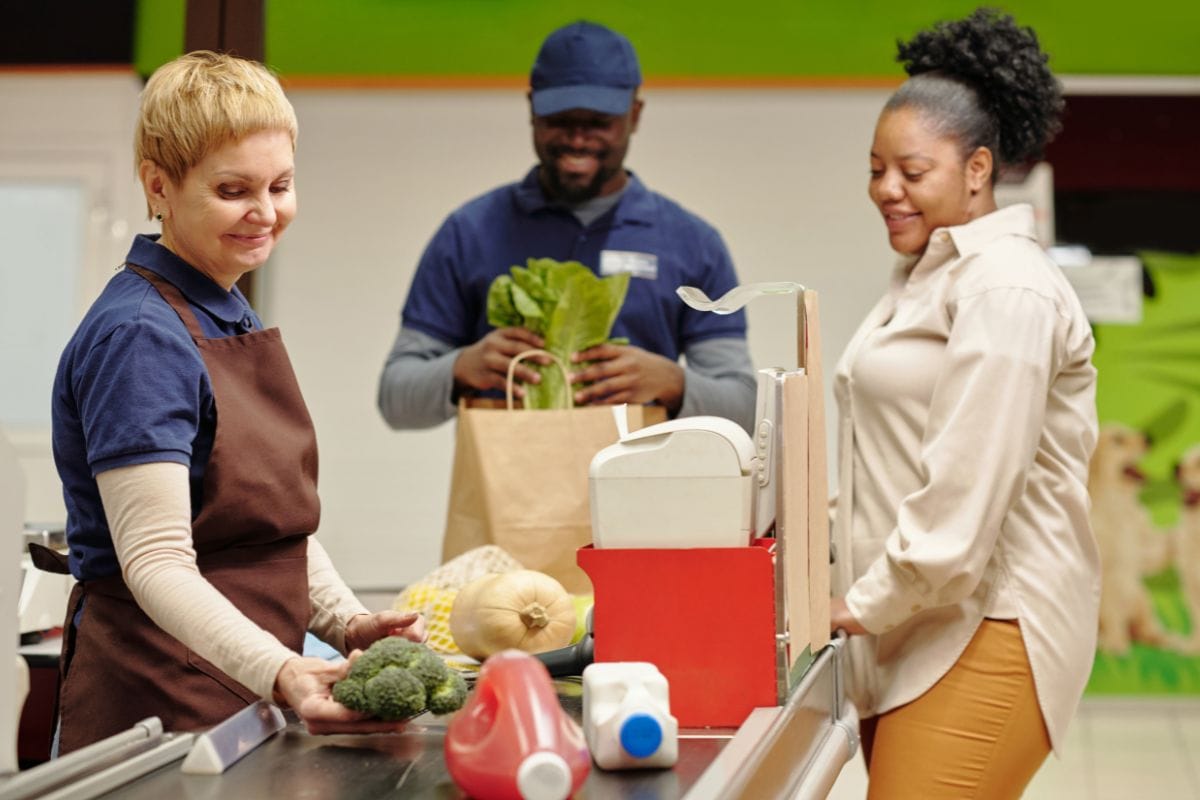
WANT TO SAVE THIS RECIPE?
Having groceries packed by dedicated store staff was standard practice at supermarket checkouts. Store employees carefully arranged items in food bags, making sure heavy products stayed at the bottom while delicate goods remained protected on top.
This complementary service began declining as self-service markets gained popularity, starting with Piggly Wiggly in 1916. Today, most stores require shoppers to bag their own groceries or pay extra fees for assistance.
Personalized Butcher Counter Service
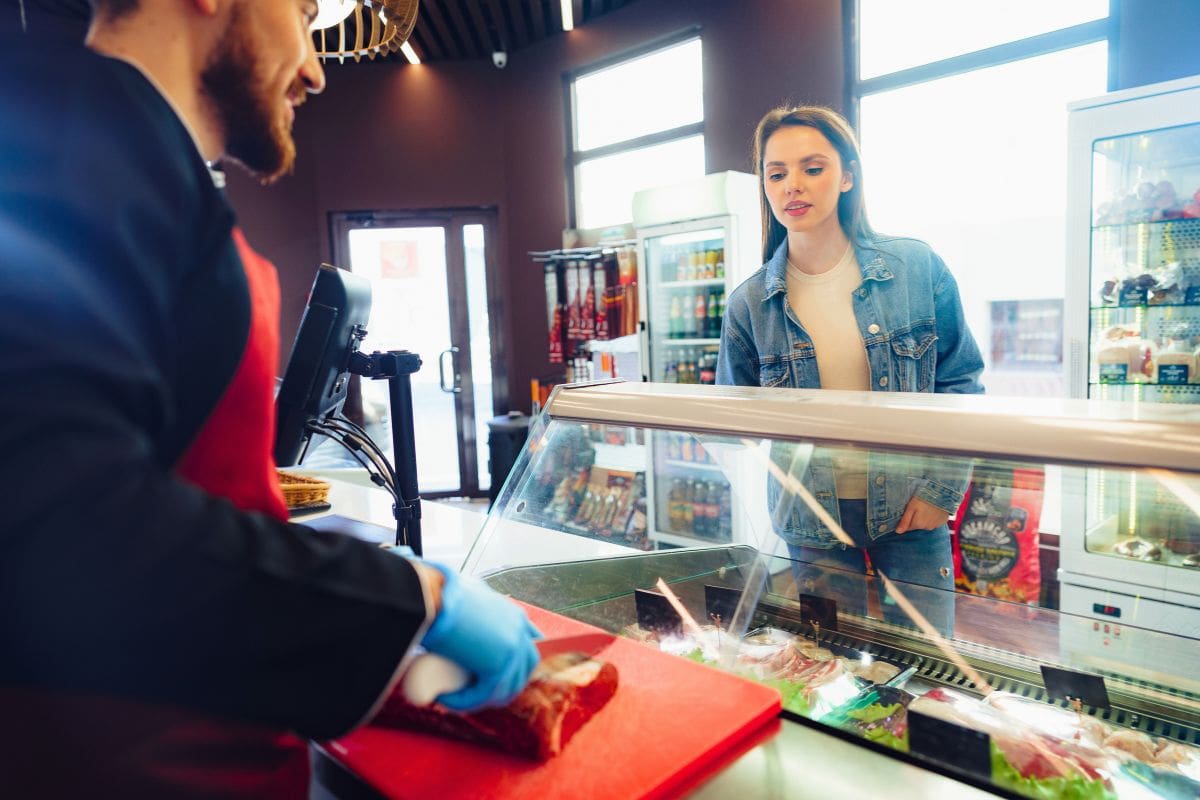
Custom butcher counters offered shoppers direct access to skilled meat cutters who could prepare specific cuts according to individual preferences. The butcher would adjust thickness, trim fat, and suggest optimal cuts for different cooking methods.
While most modern supermarkets have shifted to pre-packaged meat sections, some specialty shops maintain traditional butcher services, providing customers with expert attention and high-quality meat selections prepared on demand.
Related Post: 8 Everyday Foods Facing Higher Prices Under Trump’s Tariffs
Extensive Product Sampling Stations
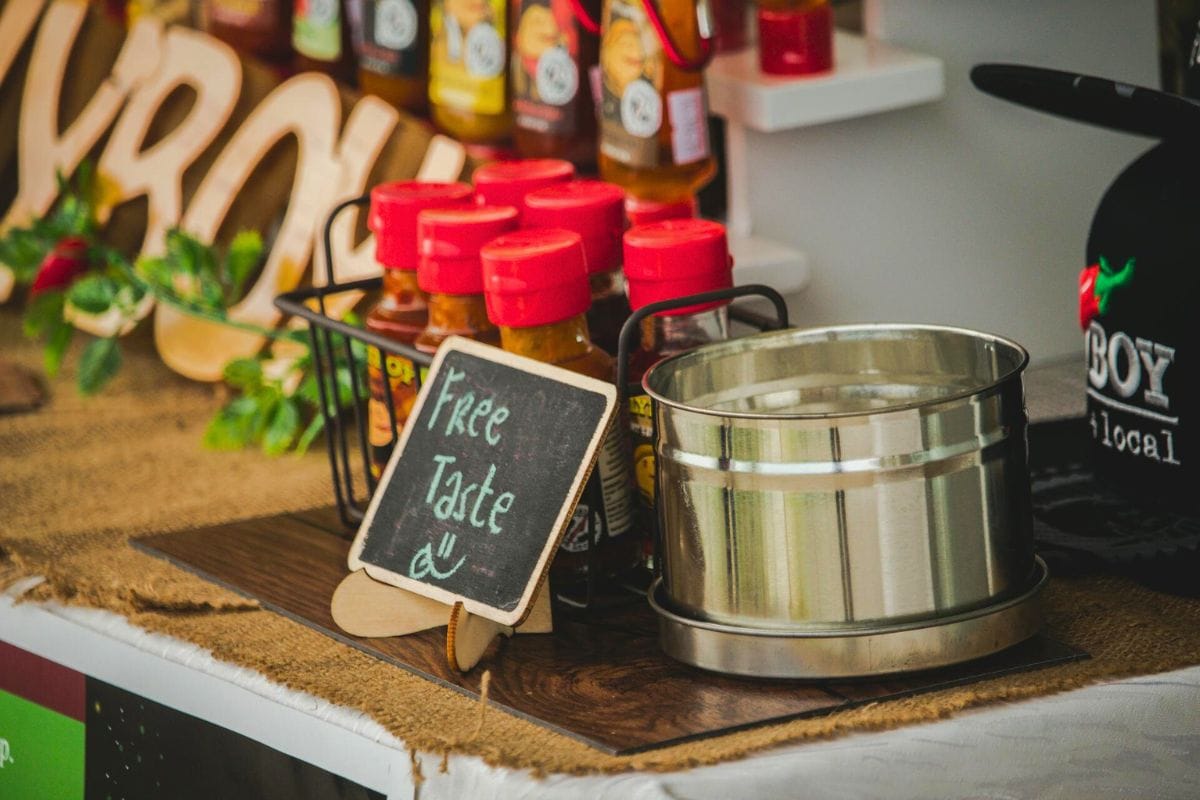
In past decades, grocery stores offered generous sampling stations throughout their aisles. Staff members would prepare and serve bite-sized portions of new products, seasonal items, and prepared foods to passing shoppers.
These stations let customers try items before buying and sparked impulse purchases. Limited tasting opportunities still exist today, but widespread sampling stations have largely disappeared from regular store operations.
Related Post: 14 Food Industry Secrets That Will Make You Question What You Buy
Green Stamp Loyalty Programs
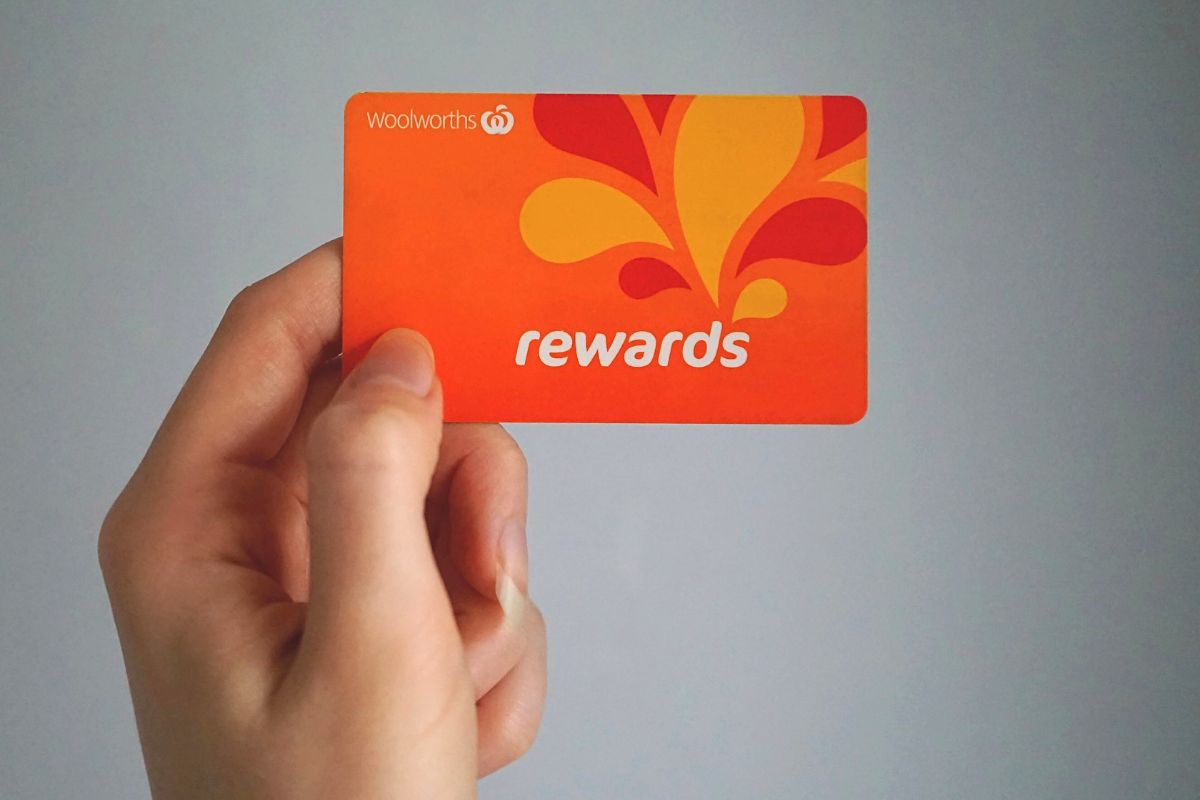
Trading stamps became a cornerstone of grocery shopping rewards in the mid-20th century. Shoppers received stamps based on purchase amounts, filling collection books to exchange for household items, appliances, and other merchandise.
S&H Green Stamps, perhaps the most recognized program, motivated repeat customer visits and brand attachment. Modern stores switched to digital loyalty cards and mobile apps, marking the end of physical stamp collecting as a shopping reward system.
Related Post: 15 Sneaky Corporate Tricks That Make You Spend More Without Realizing
Full-Service Gas Stations at Supermarkets

The combination of gas stations with grocery stores brought added ease to weekly shopping trips. Attendants pumped gas, checked oil levels, and cleaned windshields while customers bought groceries inside.
Several major supermarket chains operated their own fuel stations, offering competitive prices and loyalty points. By the 1980s, these integrated services faded as standalone gas stations became more common and stores focused on their core food business.
Related Post: 12 Packaged Food Ripoffs That Have Quietly Gotten Worse
Sign up now to receive our exclusive e-cookbook filled with top-rated recipes for FREE!
Cigarette Vending Machines

Cigarette vending machines stood as fixtures in grocery store entryways and checkout areas during the mid-1900s. These self-service dispensers made purchasing tobacco products quick and accessible, requiring only coins to operate.
As public health concerns grew and laws tightened around tobacco sales to minors, stores removed the machines. Today, cigarette purchases require direct interaction with store staff, who check identification and maintain strict sales controls.
Related Post: 13 Everyday Products That Are Less Durable Than They Used to Be
In-Store Childcare Services

Select grocery stores once provided supervised play areas where parents could leave their children while shopping. These monitored spaces featured toys, games, and basic activities to keep young ones occupied.
Parents appreciated the chance to shop without managing restless children through the aisles. The service ended in most locations during the 1990s due to rising insurance costs and safety requirements. Modern stores instead offer wider aisles and cart seat belts as family accommodations.
Related Post: 10 Supermarket “Sales” That Aren’t Really a Good Deal
Widespread Senior Discount Days

Special discount days for seniors were common weekly events at grocery stores, offering 10-15% off purchases for shoppers over 55 or 60. These designated days, often scheduled mid-week when stores were less crowded, helped older customers stretch their retirement dollars.
While some regional chains still maintain senior discounts, most stores have phased out age-specific savings in favor of universal loyalty programs and digital coupons available to all shoppers regardless of age.
Related Post: 13+ Simple Changes That Instantly Lower Your Grocery Bill
Handwritten Price Tags and Manual Cash Registers

Before digital scanners and barcodes, store staff marked prices by hand on each item using grease pencils or sticker guns. Cashiers typed individual prices into mechanical registers, counting change manually and writing receipts when needed.
While this system created a more personal shopping experience, it often led to pricing inconsistencies and longer checkout times. The 1970s brought electronic cash registers, followed by computer-based systems and scanners that increased accuracy and speed at checkout counters.
Related Post: 14 Sneaky Restaurant Pricing Tricks That Make You Overpay
Home Delivery by Store Employees
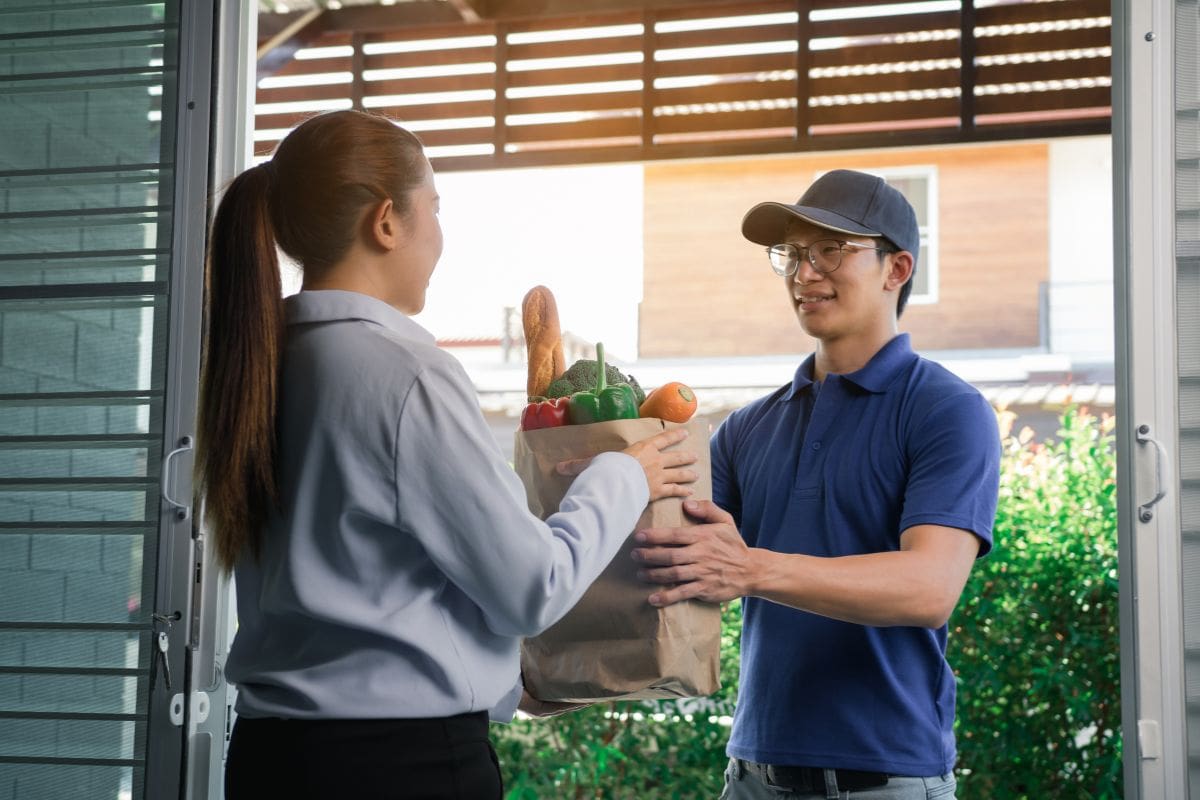
Before the rise of modern delivery apps, grocery stores offered direct home delivery through their own staff members. Delivery workers brought fresh produce, pantry items, and household goods straight to customers’ doorsteps.
These store employees, often called delivery boys, became trusted faces in local neighborhoods. The service began declining after World War II as self-service shopping and customer car pickup gained popularity, shifting away from the traditional store-to-door model.
Walmart’s InHome service is a tip-free delivery service that replicates this grocery store perk. Learn more about Walmart+ InHome and try it for free here.
Sign up now to receive our exclusive e-cookbook filled with top-rated recipes for FREE!
Extensive In-Store Credit Options
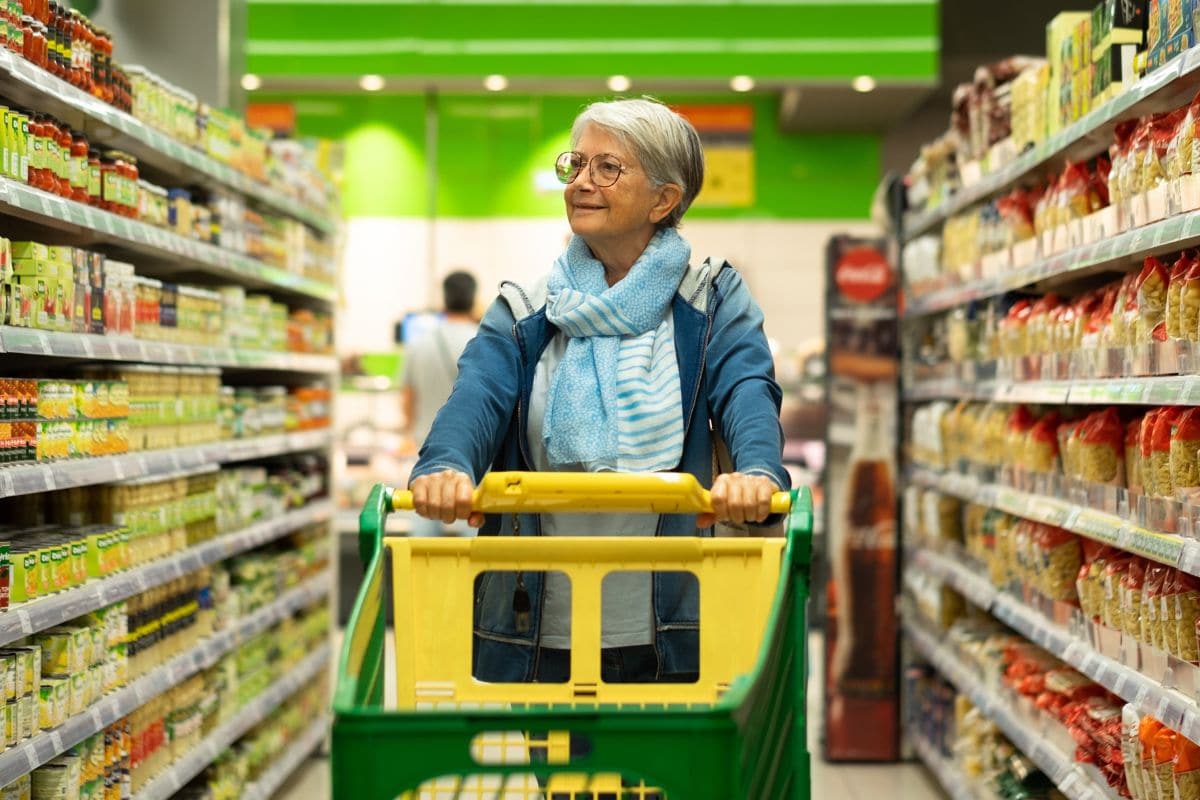
Local grocery stores once offered house credit accounts, letting shoppers buy food and necessities with a simple signature and monthly billing. Customers established credit lines directly with their neighborhood markets, settling accounts on payday.
This system helped families manage household budgets during lean times. The practice ended as bank-issued credit cards became standard and stores moved away from managing individual customer accounts.
Related Post: 10 Grocery Shopping Habits Older Generations Had That Made Life Simpler
Bulk Bin Sections with Scoop-Your-Own Products

Grocery stores once featured rows of clear bins filled with dry goods, allowing customers to measure exactly what they needed. Shoppers scooped their own quantities of rice, beans, flour, nuts, and candy, paying by weight rather than package size.
This system reduced packaging waste and kept prices lower. While most supermarkets switched to pre-packaged items by the 1990s, citing sanitation requirements, some specialty food stores still maintain traditional bulk sections for cost-conscious shoppers.
Related Post: 10 Old-School Restaurant Chains That Barely Exist Now
When Grocery Shopping Was Personal
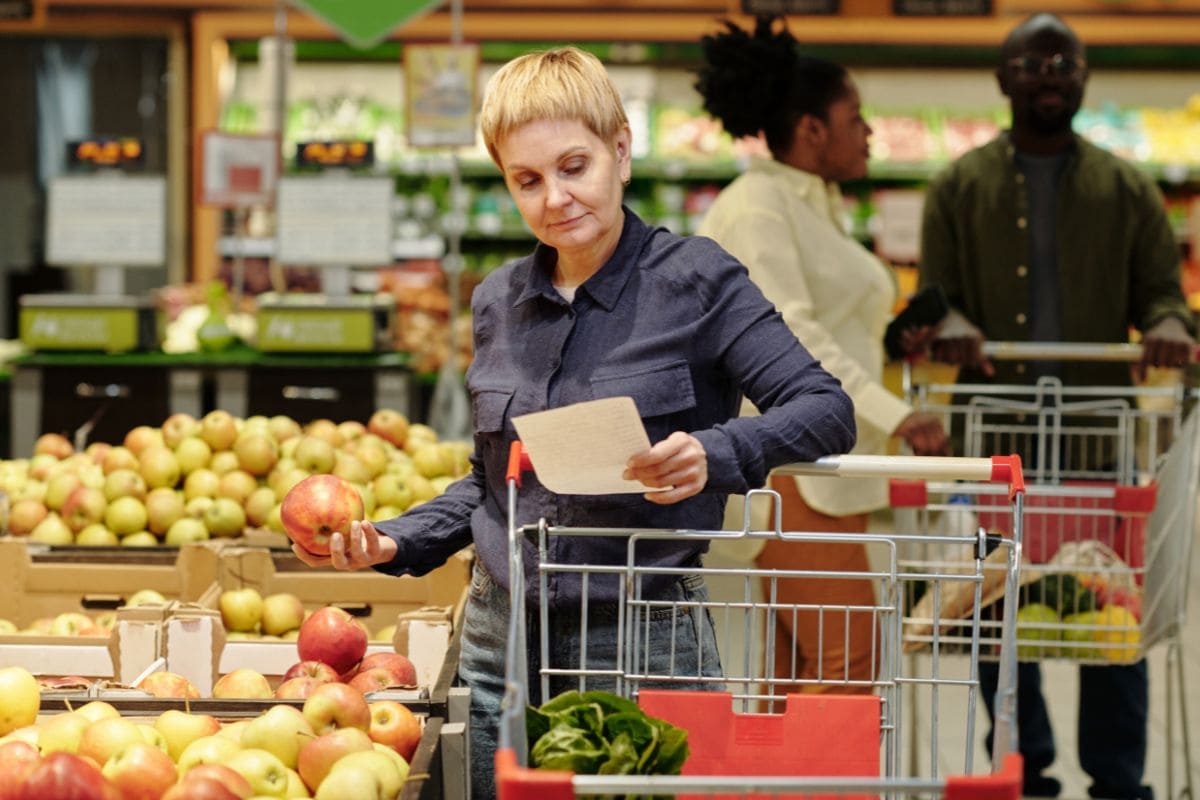
The transformation of grocery stores from community hubs to efficient retail machines reflects broader changes in American society. While modern supermarkets offer convenience and technology-driven solutions, they’ve traded the personal touch and complementary services that defined the shopping experience for previous generations.
Today’s digital loyalty programs and self-service options may save time and money, but they’ve created a distinctly different shopping environment. The loss of these classic grocery store perks serves as a reminder of how retail evolution often comes at the cost of personal connection and service.
Sources:
- Curbside Curbside: A History of Curbside Grocery Pickup
- Custom Butcher Cuts: How To Request Personalized Meat Cuts
- Quality that Exceeds Grocery Store Options | ClarkCo. Meats
Disclaimer: This list is solely the author’s opinion based on research and publicly available information.
8 Everyday Foods Facing Higher Prices Under Trump’s Tariffs

President Trump’s recent tariffs on imports from Mexico, Canada, and China have significantly impacted the prices of many everyday grocery products. With a 25% tariff on Mexican and Canadian imports and a 20% tariff on Chinese goods, many household staples are becoming more expensive.
Read it here: 8 Everyday Foods Facing Higher Prices Under Trump’s Tariffs
13 Worst Grocery Store Tricks Designed to Mislead Store Shoppers

Ever walked into a grocery store for just a few essentials, only to leave with a cart full of things you didn’t plan to buy? It’s not your lack of willpower—it’s by design!
Read it here: 13 Worst Grocery Store Tricks Designed to Mislead Store Shoppers
12 Healthy Comfort Foods That Boomers Would Love

Comfort food is often associated with indulgence, but it doesn’t have to be unhealthy. For baby boomers, finding meals that are both satisfying and nutritious is essential for maintaining a healthy lifestyle.
Read it here: 12 Healthy Comfort Foods That Boomers Would Love
Is Walmart+ Still Worth It in 2025? The Truth After 3 Years

Could you be missing out on major savings and life-changing convenience? After three years with Walmart+, I’m sharing the honest truth about what’s worth it—and what’s not. Don’t sign up (or skip out!) without reading this first!
Read it here: Is Walmart+ Worth It? Honest Review 3 Years Later!
You’ll love these related posts:
- 14 Food Industry Secrets That Will Make You Question What You Buy
- 8 Everyday Foods Facing Higher Prices Under Trump’s Tariffs
- 10 Food Expiration Dates You Should Never Ignore
- 11 Things You Should Always Buy at the Dollar Store Instead of the Supermarket
- 10 Foods That Have Shrunk in Size but Increased in Price
